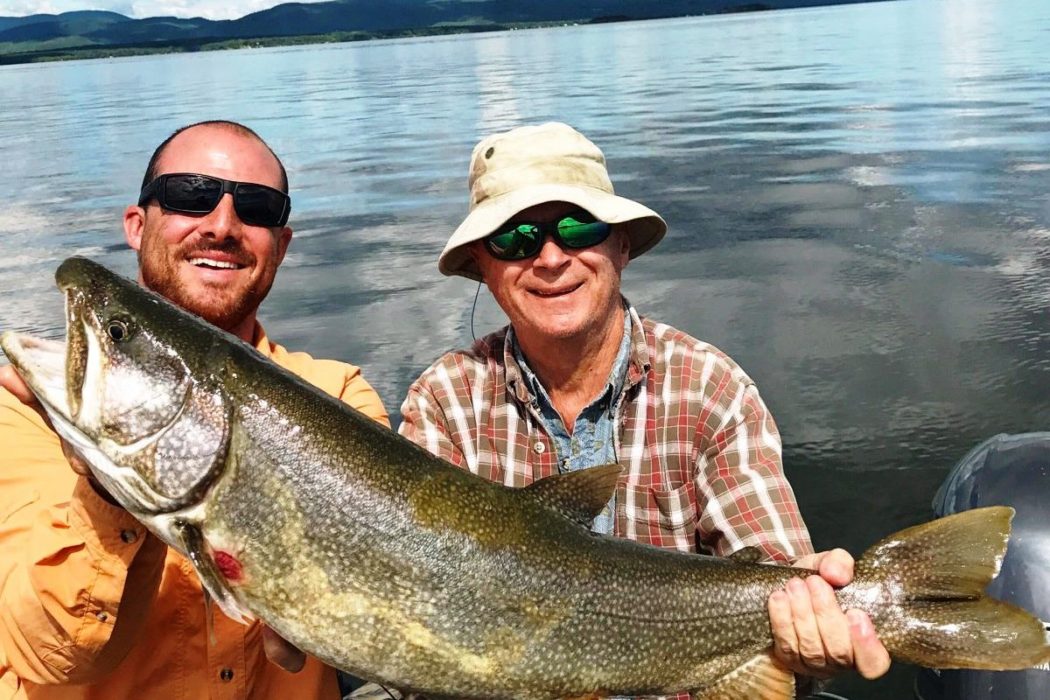First it was unregulated deforestation that filled the lake with sediment-rich runoff. Then it was blood-sucking invasive species transported from the ballasts of commercial freighters. Then is was pollution from combined sewer overflow (CSO), the result of badly-engineered sewer and stormwater systems.
The challenges kept mounting, and the native lake trout of 120-mile-long Lake Champlain–which borders Vermont, New York, and Québec–disappeared.
For over a century, the only lake trout fishermen been catching were stocked from hatcheries.
But now, they are making a remarkable comeback, and no one know which of their efforts to restore the lake’s health is responsible. Or is it the combined result of all of them. They’re reduced the invasive species, they’ve upgraded infrastructure to reduce CSO, they’ve reforested the denuded watershed, but everyone wonders if there’s another factor involved.
Questions far outnumber answers, but researchers have a few theories on why wild trout are now thriving. An aggressive program to control sea lampreys, a non-native parasite that sucks blood and other fluids from trout, could be paying dividends, as could better sewage treatment and increased concerns about lake pollution.
“A little bit of this, a little bit of that, and it all adds up,” said J. Ellen Marsden, a University of Vermont professor who is tracking the trout’s renaissance.
Eric Howe, director of the nonprofit Lake Champlain Basin Program, which coordinates management of the watershed, is also unsure of the cause. But other fish in the lake have been rebounding, he said, and Lake Champlain’s overall health has “been holding its own.”
That represents a marked improvement from the past.
The Lake Champlain Basin Program (LCBP) is a Congressionally-designated initiative to restore and protect Lake Champlain and its surrounding watershed. They work with partners in New York, Vermont, and Québec to coordinate and fund efforts to address challenges in the areas of phosphorus pollution, toxic substances, biodiversity, aquatic invasive species, and climate change.
The LCBP also administers the Champlain Valley National Heritage Partnership, which builds appreciation and improves stewardship of the region’s rich cultural resources by interpreting and promoting its history.
Photo credit: Eastern View Outfitters.

